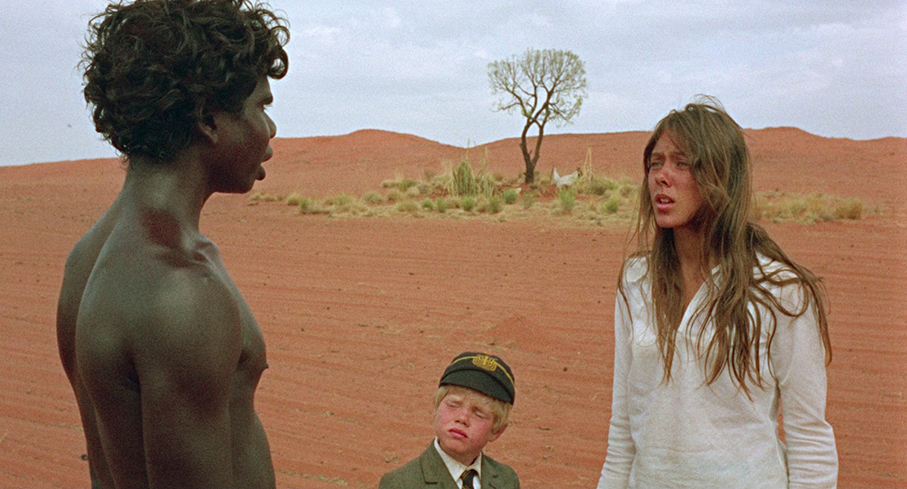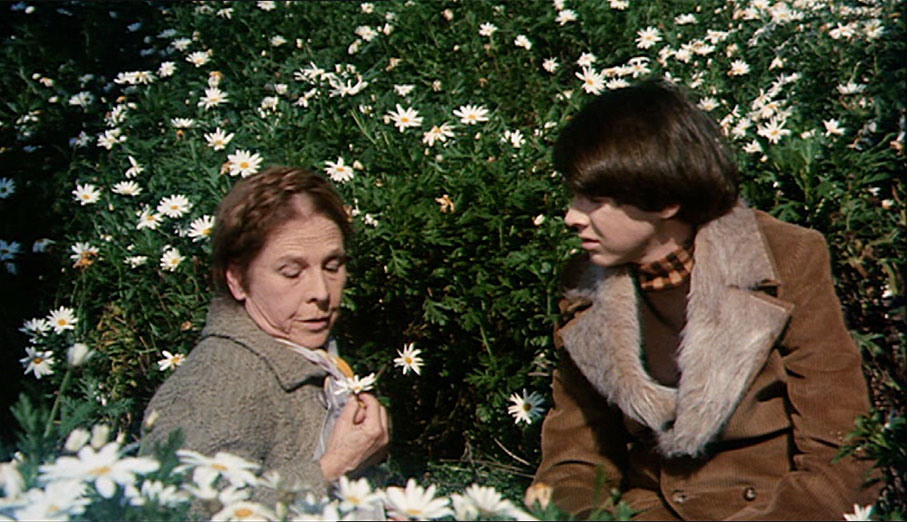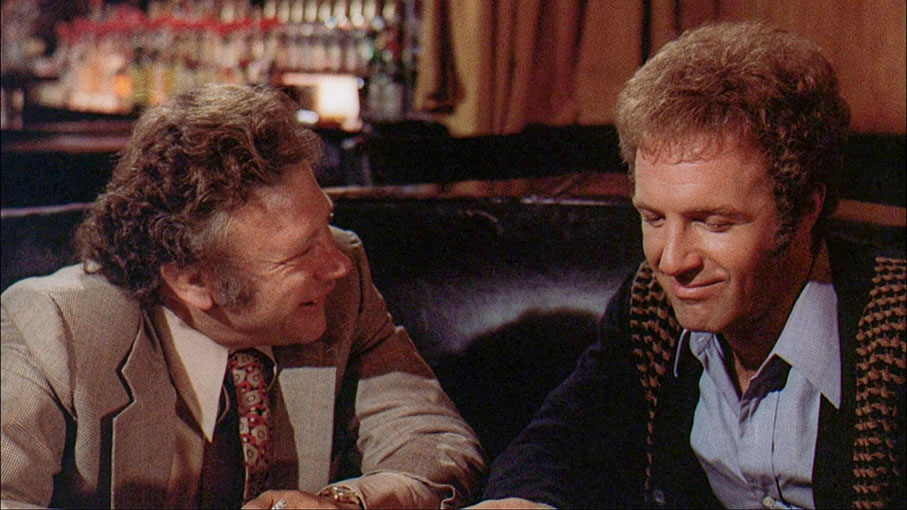|
This review is brought to you via the Internet, and anyone of Millennial age born in the 1990s would not have known a time before the Internet. It was always there. I on the other hand, born in the mid-1960s so at the tail end of being a Boomer (not quite Generation X), am of the generation where television was always there. My parents no doubt remember when they first watched something on the small screen, when that small screen first arrived in their households – often, for that generation, in time for Queen Elizabeth II's coronation in 1953. But not for me. Television was always there. And many of my first memories that I can date are television memories. Sheldon Hall, the author of this book, is the same age as me and no doubt could say the same.
Television, of course, when I first watched it had just three channels (the third, BBC2, started during the year that I was born) and like the majority of the population we had a black and white set. But for many of us, our early television memories were films made for the cinema. They were often our first viewings of those films, ones which often had come out before we were born, or which we hadn't been old enough to see, or which simply had passed us by before then, we had an opportunity to see – and to see them at the time the BBC or our local ITV franchise scheduled them, as there was no means of recording them to watch at another time. When I became old enough to stay up, that meant a good few late nights. Of these memories were made, tastes were formed and fans were made. How many science fiction film fans were created by the BBC's first genre film season in 1974, which kicked off with Forbidden Planet? I saw all but one of that season at the age of ten, and I was among them. Films discovered on television formed tastes and prompted us to look for more. In my own case, watching what was my second subtitled foreign-language film on BBC2 in 1981, The Lacemaker (La dentellière), was my start in exploring cinema in languages other than English, and my film watching has been immeasurably richer as a result. Viewings of The Overlanders in 1977 and Walkabout in 1981 kickstarted my interest in Australia and its cinema, which continues to this day. Hall provides his own example, watching Harold and Maude, which he saw on its TV premiere in 1977, on late, just short of his thirteenth birthday, so technically not old enough to see the film (it had a AA certificate in cinemas, barring under-fourteens) but clearly still just at the right time of life for it to have the impact on him that it did. It's a film that he has taught at University as well as seeing it again many more times, on further television showings as well as DVD and Blu-ray. Film fans coming of age in the same time period will have had similar epiphanies with other films.

Walkabout (1971)
Back then, some film broadcasts were events in themselves, such as the first showings of James Bond on ITV, or Christmases on the BBC with the small-screen debuts of The Sound of Music or Gone With the Wind. Today, with many more channels and streaming services, films appearing on the box much sooner after their cinema releases, and with availability on physical media such as VHS, DVD and now Blu-ray and 4K UHD, that sense of occasion is no more.
Armchair Cinema tells the story of films on British television, from the start up to 1981. The reason for stopping there is twofold: ITV franchises being up for renewal with some of them changing hands at the beginning of 1982, and later that same year, the launch of Channel 4, which had a considerable impact not only on films shown on television but also on the films made in the UK. That's maybe the subject of another volume.
The book is divided into two sections, six chapters each. The first takes us through the history of television companies (originally the BBC, then the ITV franchises from 1955) acquiring films for viewing, and the ways that they had to deal with the interests of the cinema industry. Needless to say, the major distributors were resistant to having their films shown on the small screen as they were still making money in cinemas, so the first films shown on British television came from elsewhere. More than one reference book will tell you that the first feature film shown on the small screen was The Student of Prague (Der Student von Prag) on 14 August 1938. It was shown with an interval of some three minutes as there was just the one telecine machine so not the capacity to show something feature-length uninterrupted. There were also complaints from viewers that the subtitles were hard to read on sets which were much smaller than they are today. That was the first film shown that was longer than an hour, but it had been in fact preceded almost a year earlier by the B western The Last of the Clintons on 23 August 1937. Fourteen feature films were shown to the small number of sets in the London area before the BBC television service was closed for the duration of World War II. (See here at the author's blog for a list. There is one in the book itself, including some documentary shorts also shown in the same period.)
Famously, the last programme broadcast before the shutdown was a Mickey Mouse cartoon, Mickey's Gala Premiere. Legend has it that it was pulled from the air mid-broadcast but it did in fact play to its end. The same short film reopened the television service when it returned in 1946. With few distributors willing to sell their wares to the fledgling television service, and even documentary shorts and newsreels being in short supply, cartoons like this were the main films shown on the small screen for a while, even at a time when broadcasting was a few hours a day. Towards the end of the decade, some films from independent sources began to be shown, but there was a sense that many of the films available were older and of lower quality, with newer and maybe better ones held back for cinemas. Companies who might have sold their films to the BBC faced a blacklash from elsewhere in the industry.

Harold and Maude (1971)
Competition to the BBC arose in the form of ITV which launched in September 1955 in the London area, gradually rolling out to the rest of the country as a series of regional franchises. ITV at first imported a lot of filmed television series from the USA. When feature films were shown, individual regions bought and programmed their own schedules, but increasingly films were wholly or partly "networked", that is, shown simultaneously in all the regions then operating.
Meanwhile, the cinema industry fought back, setting up the Film Industry Defence Organisation (FIDO) in 1958. This paid a covenant to film distributors in return for a pledge not to sell the films to television for a specified number of years. However, in 1964 the Cinematograph Exhibitors' Association declared that it was no longer opposed to films being shown on television, as long as there was a lapse of time between cinema release and broadcast, then five years. Films, and more recent ones at that, became more and more a part of television schedules. As it did in America, the arrival of colour broadcasting (1967 on BBC2, 1969 on BBC1 and some ITV regions), had an effect on film production, as black and white films became less desirable as more households had colour sets. (That said, I'm of an age when I do remember that black and white films could still be shown in prime time on the main channels, though the proportion of colour sets to monochrome didn't reach 50/50 until 1976.) Films were often bought in packages, and as mentioned above the arrival of particularly popular and celebrated examples on television was often an event.
The second half of the book, also with six chapters, treats the subject from different angles. Each chapter deals with a particular issue: the scheduling of films, the showing of foreign-language films, regulation on the small screen, horror films on television, editing of films and a look at specific reports on films on television. A lot of this refers to showings and events which are memories to myself and those of a similar age – if I didn't in some cases see the broadcast in question, I was aware of it. Horror on the small screen arrived almost at the start with The Student of Prague, mentioned above. Despite qualms from moralists, horror in the later hours became part of the schedules on both the BBC and ITV, with strands such as Appointment with Fear (ITV) and the BBC's summer-night horror double bills of the 1970s cherished memories of horror fans of a certain age. Foreign-language films faced complaints from viewers because of the subtitles, though there was no evidence that dubbing attracted a higher audience. Such films were still shown, occasionally, often in strands like World Cinema and later Film International (both BBC). As well as anything else, such showings provided a service for viewers who couldn't see the films otherwise as they didn't have access to an arthouse cinema.
Editing films for television was a vexed issue. It's not entirely a thing of the past even now, more than forty years after the cutoff date of this book. CinemaScope and other widescreen processes were introduced in 1953 specifically to give cinema viewers something they couldn't get at home, with a bigger and wider picture (specifically, an aspect ratio of initially 2.55:1 and later 2.35:1 as opposed to television's then 4:3). When such films were shown on television, they were panned and scanned, with the sides of the image cropped so that the picture could fill the television screens, pictorial composition and sometimes even comprehensibility be damned. The first Scope film shown "letterboxed" (with black bars at the top and bottom, to preserve the original ratio) was Storm Over the Nile in 1960 on the BBC, but this was an experiment rarely repeated during the period of this book, due to the resultant tiny picture on the much smaller sets available then. One notorious example was the television premiere of 2001: A Space Odyssey on New Year's Day 1982 (watched by me, having seen the film in the cinema twice before), mostly panned and scanned, but with some of the space sequences letterboxed, artificial stars added to the black bars. Due to complaints, and Stanley Kubrick's alleged displeasure, the next time the BBC showed the film it was panned and scanned throughout.

The Gambler (1974)
Censorship of films was another vexed issue. There was an awareness that what you might choose to see in a cinema you might not wish to receive unbidden in your home, especially if children were present. Strong language was routinely removed, at whatever time of the night a film was broadcast and whatever channel it was on. (TV drama of the period was the same, though in most cases they were not allowed to include it in the first place.) Hall covers many of the well-known causes célèbres, with some contentious films shown with cuts for violence as well as language and in some cases not shown at all, or withdrawn after one transmission. One which made headlines was The Gambler, due to be shown on ITV but postponed at short notice due to the amount of strong language in the film. It was rescheduled with some edits but some language still included. Its rescheduled broadcast replaced the violent exploitation movie The Klansman, which to this date has not been shown on British television. Another difficult film was Deliverance, not just because of its male rape but because of its occasional strong language – some of which was accidentally left in on the second broadcast (the first time I saw the film). That provoked complaints as the swears were at the start of the film, causing many viewers to switch off before they even reached the rape scene.
Hall tells this story with a lot of detail, all fully cited. This is a book from an academic publisher, (with an academic-book price tag, it has to be said, but a paperback edition is due in 2025), but it's entirely accessible with some wry wit and occasional clearly-unresisted puns. (The chapter on editing films for television is called "Abridged Too Far".) If you have any interest in the subject, it's essential reading.
|